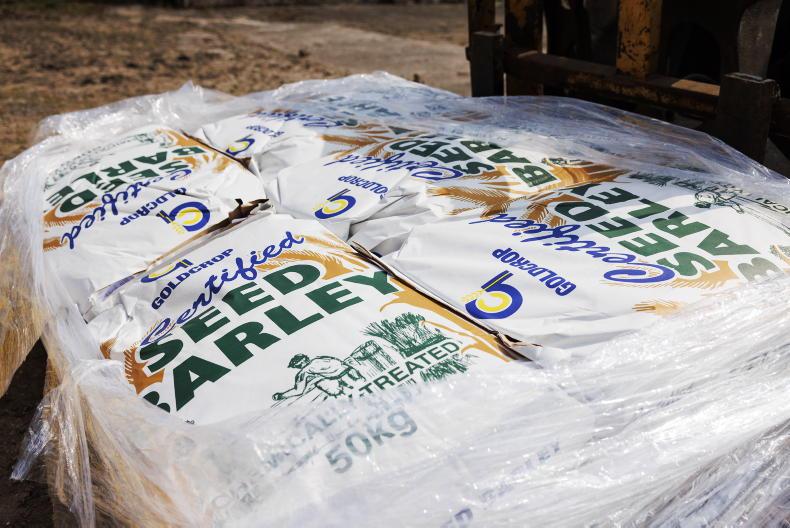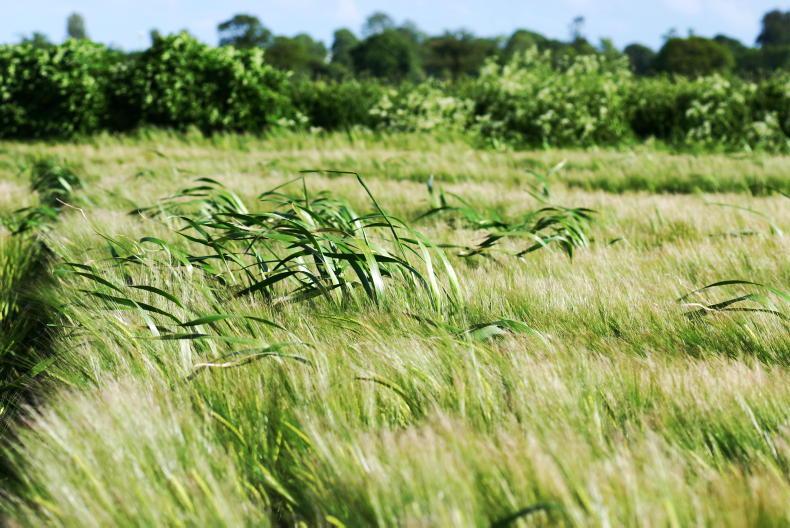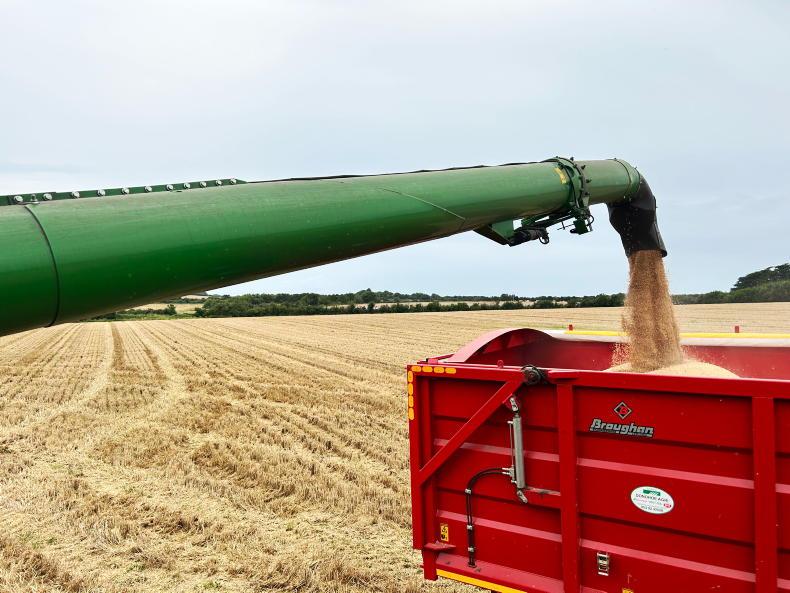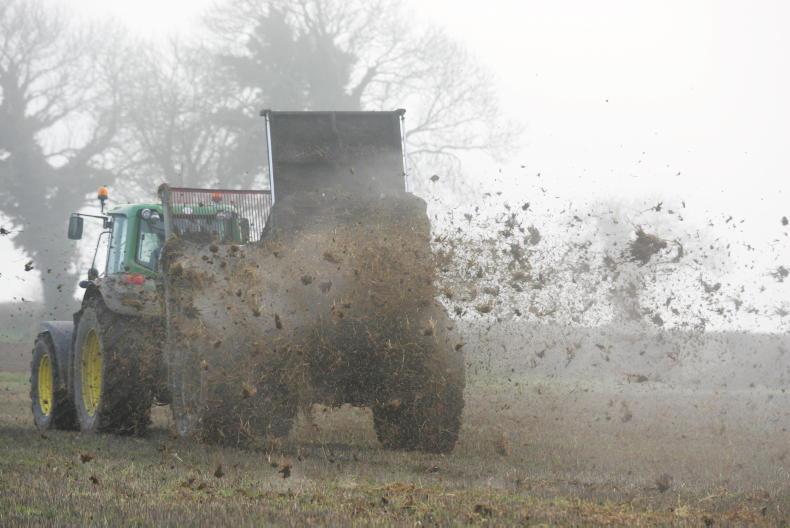Weather
Rain has continued to hamper work and there is some heavy rain forecast over the weekend, but at present the forecast looks like it could settle next week.
There has been drying on days without rain, and while land will take some time to dry, hopefully there will be action in fields next week.
Over the next few days ensure that you are well stocked up on fertiliser and seed supplies that will be needed. You should also have any plant protection in stock which will be required in the busy period, like pre-emergence herbicide for beans.
Those with oilseed rape have had to make the burst into fields with nitrogen over the past few days as crops begin flowering.
Plant growth regulator is needed on some winter cereals. Temperatures are appropriate and may allow for a tidy up of broad-leaved weeds if it is still needed.
Seed rate
Teagasc recommends increasing seeding rate as sowing date is delayed. On spring barley, Teagasc recommends a target plant population of 300 plants/m2 in early to mid-April. However, establishment rate is expected to increase to 90%.
At a thousand grain weight (TGW) of 52, that equates to a seeding rate of 188kg/ha or, at a TGW of 54, that equates to a TGW of 195kg/ha.
Lime and urea
Many tillage farmers will be using urea this year and this will be a new practice on the farm. If you have already spread lime you should not apply urea or slurry to land for at least three to six months afterwards, as it will result in ammonia being released. Protected urea can be spread after lime.
Liming scheme
If you are spreading lime, remember that you can now apply for the Department’s liming scheme. However, make sure that you apply for the scheme before you purchase the lime.
The invoice date for the lime must be after the date of application for the scheme. Applications can be made up to 20 April and documents must be submitted before 31 October.
It’s tight for tillage farms, but farmers should avail of the scheme and try to make it work.
Safety
There is a lot of work to be done on tillage farms. At most it is estimated that 15% of spring cereals have been drilled and there is a larger area of spring crops to be planted this season as winter planting was hampered by wet weather.
Whatever the workload, safety must be at the top of everyone’s mind. Take the next few days to prepare for upcoming work and make sure tractors and machinery are serviced and in working order.
There have been plenty of years where spring crops are planted well into April and indeed sometimes even into May. While we should strive to get crops in early we must also take an extra moment to think about jobs, to take a break, get enough sleep and eat proper meals. Safety has to be the top priority.









SHARING OPTIONS